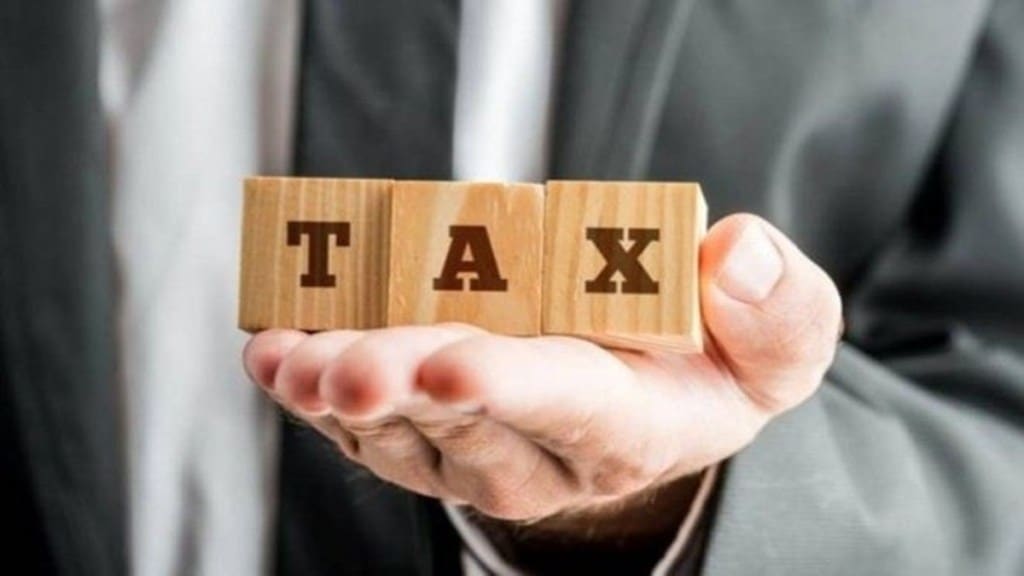It is instructive to note that industry chambers have refrained from demanding another reduction in the rate of corporation tax after it was slashed from 30% to 22% for domestic companies effective FY20. In their wish list for Budget FY26 presented to the revenue secretary recently, the chambers have turned their focus on seeking relief for individuals, rather than for themselves — for instance, they want a lower tax on interest income from bank deposits to align it with taxes on capital gains from equities, where the bulk of the beneficiaries would be individuals rather than firms. The shift in the approach of India Inc stems from the fact that our corporate tax is now at par with or even lower than in the developed countries; for companies with profit before tax higher than Rs 500 crore, the effective tax is just around 20%. The average statutory corporate tax rate across 181 jurisdictions stood at 23.45% in 2023, and, when weighted by GDP, at 25.67%. The average top corporate rate among the Organisation for Economic Co-operation and Development (OECD) countries is 23.7%.
Also, the global trend, barring the promise of the US president-elect Donald Trump to cut corporate tax further (and even eliminate personal income tax), is to raise the tax rates on businesses, as was seen in the UK and Turkey recently. Even the low-tax jurisdictions with minimal or nil corporate income tax are embracing the concept of minimum tax of 15% under the OECD’s “Pillar Two” agreement. A lower tax on corporate income hasn’t triggered an investment spree as the government expected. This lays bare the fact that corporate investments are less of a function of taxes or interest rates, but influenced predominantly by the aggregate demand in the economy. A further reduction in tax burden on individuals is now being wished by even the large companies because they want consumption demand to pick up. This raises a question mark on the efficacy of the investment-led growth strategy being steadfastly followed by the current government. Unless India’s middle class acquires greater purchasing power, demand is bound to remain subdued.
Policies in recent years have engineered a shift of the tax burden away from businesses to individuals. As a result, personal income tax (PIT) is now the largest source of tax revenue (19% of government receipts in FY25BE versus 17% from corporate tax), and is growing at the fastest clip. Year-to-date growth in gross PIT collections (pre-devolution) is 20% against the BE of 13.6%, while corporate tax receipts growth so far in the year is just 6.5% against 12% targeted for the full year. Government functionaries acknowledge the shift was the result of a conscious policy decision, and call it a “pro-equity step”. According to them, in a country where a large number of people have started investing in the capital market and equities and the tax on capital gains is the most elastic source of revenue, when corporations are taxed at a high rate, the tax incidence moves away from the super-rich and becomes average across all. However, it is too early for India to adopt such a tax policy given that even today, just 30 million people or only 2% of the country’s population actually pay tax on income. The priority must be to rapidly increase the number of taxpayers. It will let the tax burden reduce and the tax-GDP ratio go up.

